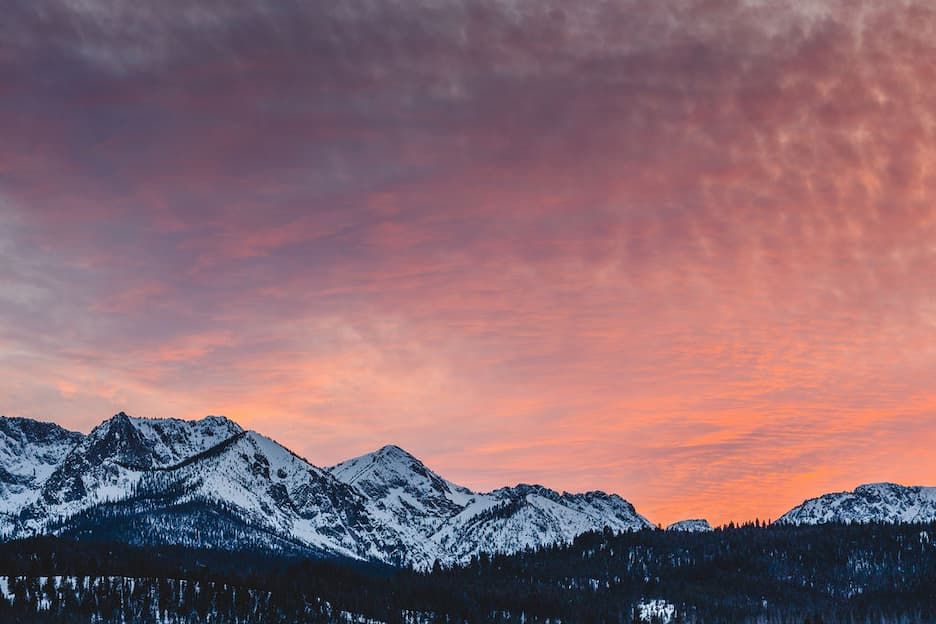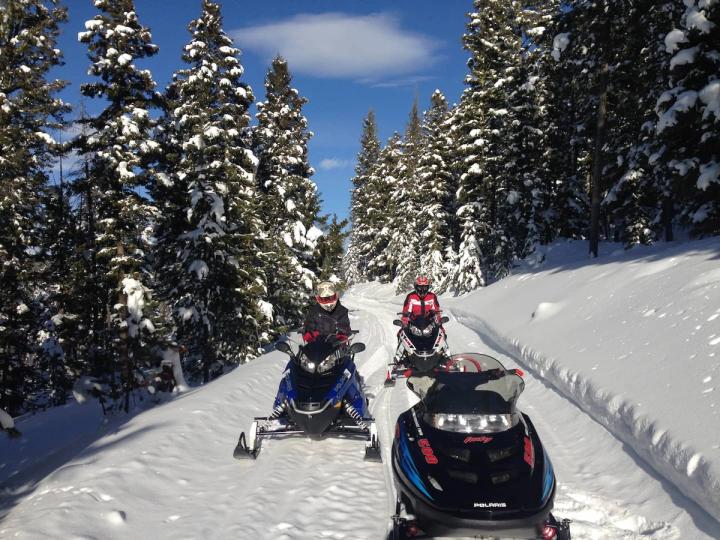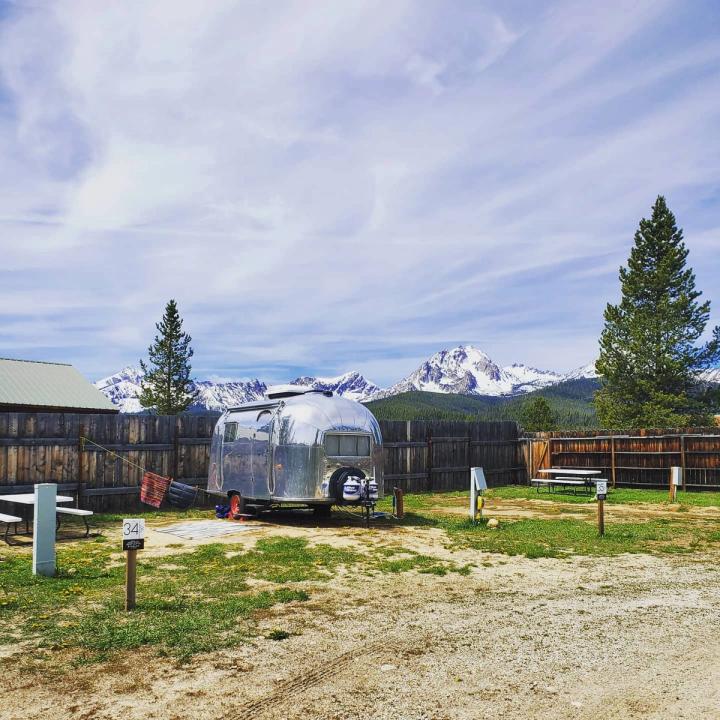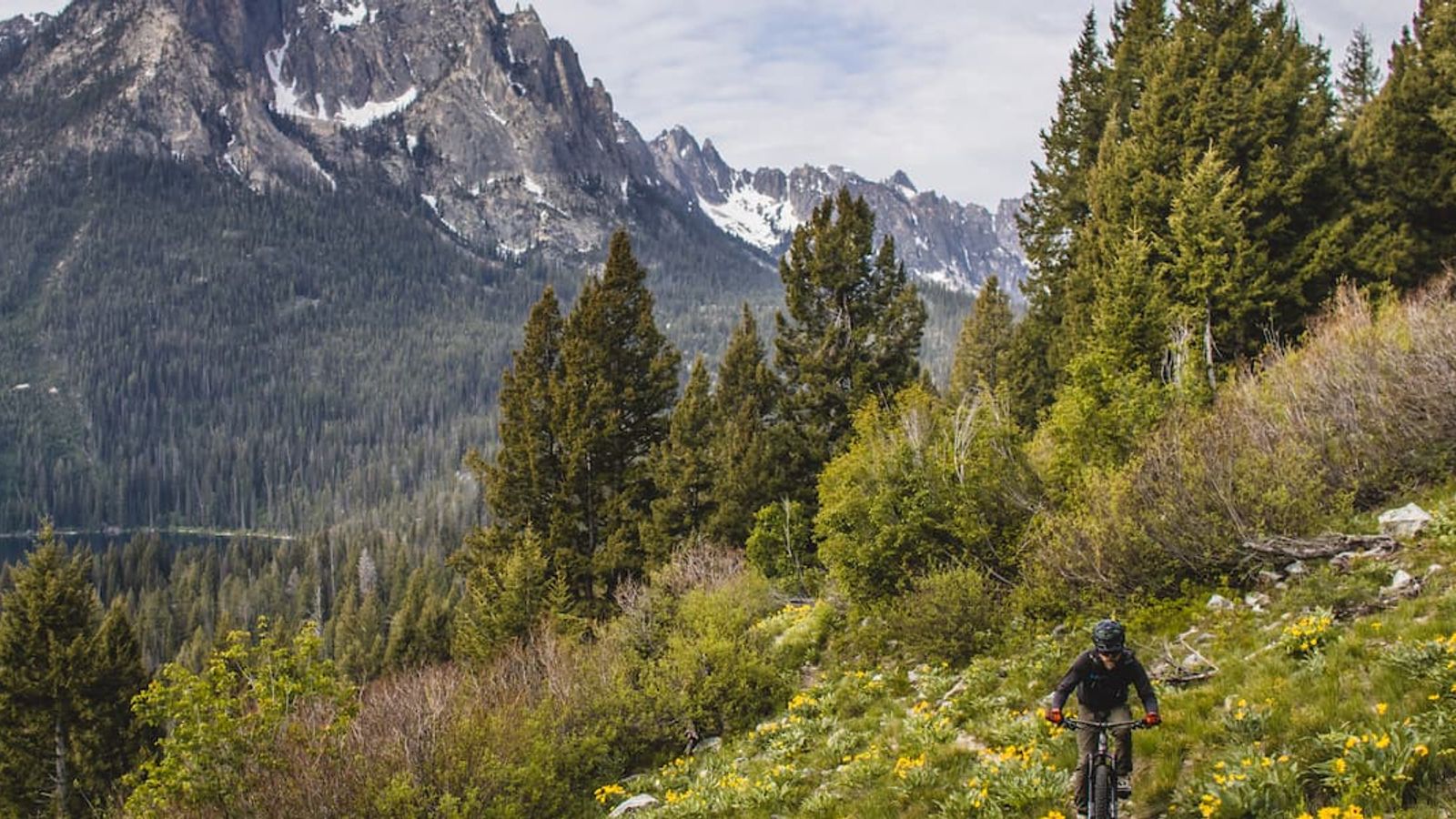
How to Recreate Responsibly in Stanley, Idaho During the Fall
Imagine planning a fall family vacation in the Sawtooth Mountains in Stanley, Idaho. You’ve been hyping up your family for weeks about the heavenly views, fresh mountain air, powerful wild river, majestic trees, relaxing sounds from neighboring wildlife, millions of diamond-like stars that you can't see from the city, and a warm campfire where you can enjoy restorative quality time with them. You want to share the same unforgettable experiences you had when going to Stanley as a kid with your family.
Then, imagine arriving and seeing trash littering the campgrounds and river, scattered piles of dog poop, broken glass bottles, no sign of wildlife, your distant view destroyed by a recent human-caused wildfire, and the trees succumbing to disease and insects because people have sawed the limbs off for firewood, thrown hatchets and shot bullets into them for “recreation”. You ache with the revelation that the serene place you once loved now only lives in your memories.
What is Recreating Responsibly and How Can You Preserve Stanley, Idaho?
Stanley, Idaho is one of the most beautiful places to visit and live. To keep it that way everyone must do their part to recreate responsibly. But what exactly does that entail? It can be practiced in many different ways, but, at the core, recreating responsibly means practicing safety and being a good steward of the land to preserve it and wildlife for future generations. Do your part to make a positive impact by following the guidelines below.
Know Before You Go
It’s reckless to leave for an impromptu recreation trip without any planning. Knowing before you go is a huge part of recreating responsibly. Not only can it help you avoid personal danger, but it can also prevent you from legal trouble. Here’s what you need to know before you go recreating in Stanley, Idaho:
What Are The Weather Patterns in Stanley, Idaho?
According to the National Oceanic and Atmospheric Administration (NOAA), when meteorologists predict the weather, 7-day forecasts are only about 80% accurate. By researching weather patterns in Stanley, Idaho, before departing from your home, you’ll have an idea of how to dress appropriately for the type of recreation you’ll be doing. It’s extremely important to pack layers because there could be an unpredicted rainstorm, or temperatures could fluctuate drastically. If you get caught off-hand, consider stopping at one of the shops in Stanley to purchase clothing and layers for your sleeping bag, or to spend the night in a warm hotel.
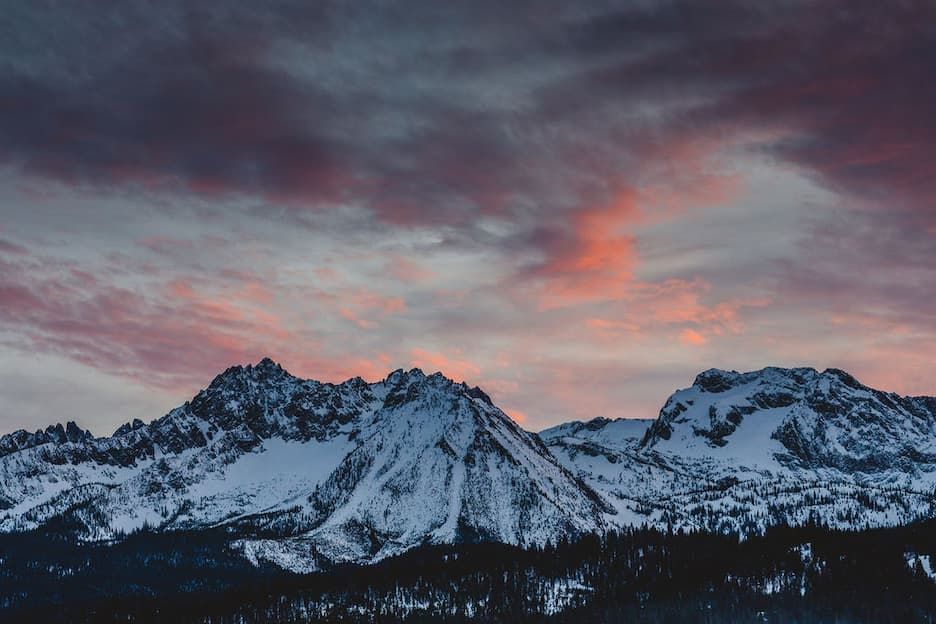
What is the Likelihood of Cold Weather in Stanley, Idaho?
Cold weather is no stranger to residents of Stanley, Idaho. In the winter of 1981, a record-breaking temperature of -54 degrees put Stanley, Idaho on the map as one of the coldest places in the lower 48 states. It’s important to know this fact because the likelihood of cold weather in Stanley during the fall is high. This is due to being at the base of mountains and having an elevation of 6,253 feet. If you’re planning an adventure outdoors in Stanley during the fall, know that the average lows for Stanley are below freezing. By the end of November, the temperature drops to an average low of 12 degrees.
How Do You Use an Altimeter In the Mountains?
An altimeter, a device that measures the distance of a point above sea level, is a great safety device to take with you when recreating in the Sawtooth Mountains. When used with a map and compass, an altimeter can help to determine your location fairly accurately. Climbers use them to know when to take a break from climbing to prevent altitude sickness, and to track how fast they are moving to discern if they can make a certain ascent or descent before sunset. Hikers can use them to help determine where a water source is likely to be, since water is usually located at a lower elevation, or to predict if a storm is coming so they can seek shelter. In addition to these uses, skiers can use altimeters in conjunction with a snow report to determine which slopes might be at risk for an avalanche.
What Are The Hunting Season Rules and Regulations Near Stanley, Idaho?
In the fall, you can hunt near Stanley Idaho for elk, deer, bear, mountain lion, and wolf. If you plan to participate, it is your responsibility to familiarize yourself with the affiliated hunting rules and regulations. These can change from year to year so don’t rely on what you remember. You’ll need to know what areas you can hunt, what type of gun or bow you can use, what type of game is in season, what license or tags are required, how to fill out a mandatory hunter report, and what fees you’ll need to pay.
Alternatively, you can hire a professional outfitter near Stanley, Idaho who can take over all of the prepping and planning to ease your stress and make sure your hunt is legal. Since they are experts in certain units, they can help you track animals faster because they are familiar with their behavior in that area. Hunting guides are also skilled in first-aid wilderness training in case there is an emergency and can assist with field dressing.
Fall is also a beautiful time to go hiking. The leaves are changing colors, the air is crisp and cool, and the trails are less crowded. However, you’ll be sharing the outdoors with hunters, so as a hiker, it’s recommended that you also have an awareness of hunting regulations. Research when it’s hunting season and in what areas you might encounter hunters. Wear high visibility colors like hunter’s orange, stay on trails, and make noise. In addition, be aware that many animals are in rut during the fall, so they may demonstrate more aggressive behavior. Bears are also very hungry and active as they look for food before hibernating. Give them space and respect.
What and Where Can You Fish Near Stanley, Idaho?
There is a wide variety of fish species in the Salmon Region of Idaho, including Bass, Brook Trout, Bull Trout, Kokanee, Chinook Salmon, Coho Salmon, Sockeye Salmon, Steelhead, Sturgeon, Tiger Muskie, Rainbow Trout, Westslope Cutthroat Trout, and Hybrid Rainbow-Cutthroat Trout. Some of these species you can keep, some are catch and release and some are illegal to target. To know which is which, you’ll need to read the current Idaho Fishing Rules before casting your line. Look to understand your daily bag limit, which species are in season, which has special rules, what type of hooks are legal, what waters you can fish, and how to release fish safely.
Similar to hiring a hunting outfitter, there are Stanley, Idaho, fishing guides that can take care of the burden of packing and planning your next fishing trip as well as knowing the rules and regulations. Professional fishing guides can teach people in your group to fish, increase your chance of catching, take you out on a boat to the best water, and provide you with an unforgettable experience.
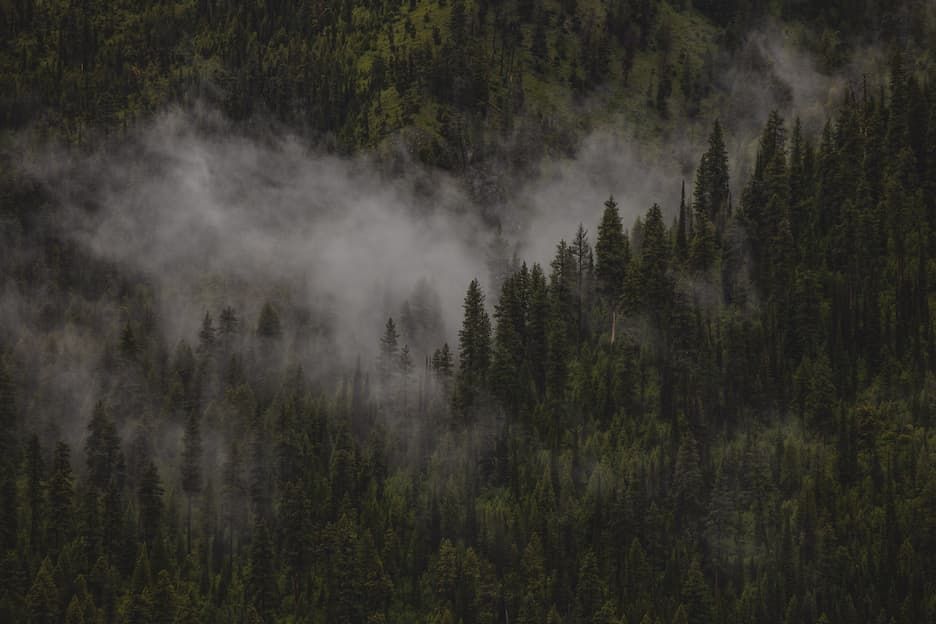
What Parks and Campgrounds Are Open Near Stanley in the Fall?
Sawtooth Valley Pioneer Park is located two minutes from Stanley, Idaho off Airport Road. It has bathrooms, a disc golf course, a baseball diamond, a playground, a hiking path, grills, trash cans, and potable water. It is a popular location for weddings and photography due to the unbeatable 360-degree views of the Sawtooth Mountains. While parking overnight is prohibited, the park is open at night and serves as a fantastic place to view stars due to the dark sky ordinance related to the Central Idaho Dark Sky Reserve.
You can make reservations, view photos, learn about season and availability, and read reviews from other campers about the 25+ campgrounds near Stanley, Idaho, by visiting Recreation.gov. This can help you make sure you have a spot to set up camp when you arrive. If you’re dispersed camping, make sure it’s legal, and always have a backup plan in case the primary site is unsuitable or already taken.
How Do You Prepare for A Fall Backpacking Trip In the Sawtooths?
As mentioned previously, Stanley, Idaho is one of the coldest places in the contiguous United States. If you’re planning a fall backpacking trip there it’s important to pack accordingly. Purchase an all-weather tent and pitch it as soon as you reach camp. With daylight hours shorter in the autumn and wind likely at higher altitudes you won’t regret making it a priority. Invest in a warm sleeping pad and sleeping bag.
When it comes to clothing, be prepared for heat, rain, or wind by layering accordingly. Consider packing rain pants, gaiters, and gloves. Stick to synthetic fabrics that can wick away sweat, and avoid cotton that can take a long time to dry. If you are backpacking during hunting season, make sure to wear bright colors.
The cold weather at night and early mornings means it can take twice as long to heat food and water, so pack extra fuel canisters. Purchase easy pre-packaged meals from your local recreation store that only require adding hot water. Pack tea, cocoa, and water to help you stay hydrated and regulate your body temperature.
Watching weather patterns is extremely important when backpacking into higher elevations. It has been known to give you a snow shower overnight, which can lead to a dangerous encounter to get yourself out of the mountains. Please keep in mind that local search and rescue is run by volunteers and cannot risk other human lives to assist in these dangerous situations. In most cases you will have to wait out the storm and let the snow melt to get out safely. Always prepare for these types of situations.
How Can You Keep Your Dog Safe While Recreating In The Mountains?
Exploring nature with your beloved family pet is a great way to strengthen your bond. The new sights and smells are mentally stimulating for dogs and can help reduce boredom that can lead to destructive behaviors. Keep the following in mind to ensure your four-legged family member’s safety:
- Follow Rules: Make sure dogs are allowed where you plan to take them. Respect any restrictions.
- Leashes: Check the regulations for the area you are visiting to learn if leashes are required. Even if they aren’t required, it’s a good idea to leash your dog still. Leashes make others using the same area feel more comfortable, prevent your pet from getting into plants or berries that may be poisonous, protect native plant species from being trampled by staying on a path, and limit the chance of your pet encountering a wild animal which they may try to attack or be spooked by and run off.
- Food and Water: Remember to pack food, water, and a bowl for your dog. Do not let them drink natural water sources which could have bacteria. Do not allow them to swim in water that is moving swiftly.
- Hunting: Make sure your pup is wearing bright colors to avoid being mistaken for game by a hunter during fall.
- Dog Waste: Be a responsible pet owner by bringing doggie bags to clean up after your pooch and disposing of the waste in a dumpster or packing it out with you if there isn’t one.
Recreate Within Your Limits
To recreate responsibly in the Sawtooth National Recreation Area, you must practice safety by slowing down and planning ahead.
- Check the degree of difficulty for trails, river rapids, and climbs. Make sure they match your ability before you arrive to help eliminate risks.
- Stay on trails to help preserve the natural foliage, but also so you do not get lost.
- You won't have cell phone coverage in the forest, so always tell someone where you are going and what your itinerary is.
- It’s possible that search and rescue teams may be limited or already stressed and may take longer to locate you. So, if faced with a choice, do not make a risky one.
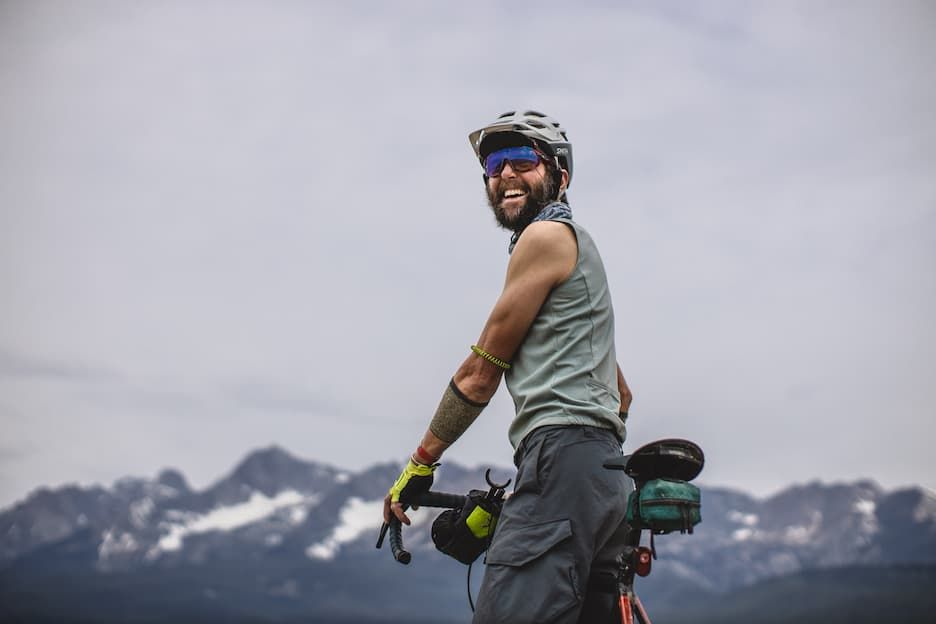
Pack It In And Pack It Out
The goal of “pack it in and pack it out” is to leave no trace. You can go a step further by leaving the area nicer than you found it and picking up whatever trash was there when you arrived. This way, others after you can have the same pleasant experience you did. Bring trash bags and make sure you only dispose of them in designated dumpsters. Some sites do not have this amenity meaning you’ll need to bring your trash home with you and dispose of it properly there.
Avoid burning trash in your fire. It can release toxins into the air, ground, or water that can be harmful to humans, plants, and animals. Burned food remnants can also attract animals like bears to campsites making them unsafe. Additionally, wind could blow and sweep the burning trash into a tree and cause a wildfire.
Some protected areas may necessitate you to pack out your toilet paper and human waste. We suggest going before you go if you’re out for a short hike or adventure. If you’re camping, purchase wag bags that are made for disposing of human waste. They contain a powder that solidifies the waste and helps remove odor, toilet paper, a puncture-proof bag, and sanitizer. Please do not burn your toilet paper!
Practice Fire Safety and Wildfire Protection
According to the National Park Service, 85% of wildland fires are human-caused. It’s important to do your part to prevent wildfires by practicing the following fire safety recommendations:
- Don’t drive or park on dry grass.
- Make sure your tow chains are not dragging and causing sparks.
- Check your tires for wear and make sure no wires are showing.
- Be aware of burn bans and respect them.
- Acquire a fire permit if necessary.
- Never leave a campfire unattended, even if it is just embers. Extinguish a fire dead out by dowsing it with water, stirring it with a shovel or stick, and repeating until it is cool to touch.
- Avoid shooting targets when it is dry and hot out.
- Do not light fireworks on public lands.
- Only use designated fire rings, a fire blanket or fire pan where rules and regulations allow.
- If you see a wildfire, call 911.
- Check with the Stanley Ranger Station for the most up-to-date fire information.
Some areas do not allow campfires during fire season which runs June through mid-October. You can find out if there are fire restrictions near Stanley by visiting the Idaho Department of Lands’ Fire Restriction Map. Know that if you are found liable for causing a wildfire on federal public lands, you could be responsible for the cost of damages and putting it out.
Hire a Professional Guide in Stanley, Idaho
If you're considering a serious fall hunting, biking, backpacking, or hiking trip near Stanley, Idaho, hiring a professional guide can be a great investment to make your life easier. They are trained to ensure you have the best experience possible by:
- Being well versed in the land and using tools to tell you where you are
- Knowing local wildlife patterns
- Being educated in the best practices to keep you safe from dangerous situations in the backcountry
- Getting certified in first aid
- Reading weather patterns and predicting conditions
- Providing necessary equipment you need that you may not have
- Preparing meals for your group
- Obtaining permits you may require
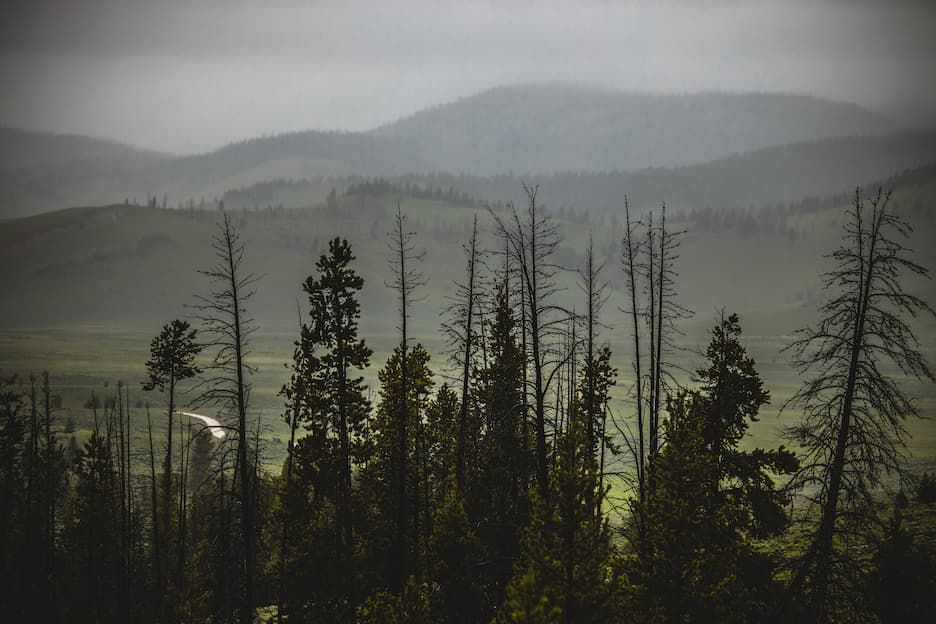
Stanley’s Outdoor Recreation Resources
Redfish Visitor Center & Gallery is open daily from June 9 through September 10 from 9:30 am - 5 pm. and can be reached by calling (208) 774-3376. They sell maps, can provide area information, have drinkable water, and a public bathroom for use. They also post the most recent fire hazard level for the Sawtooth region on their fire safety mascot, Blaze the Beaver, in front of the Center.
Stanley Ranger Station is open Monday through Friday, 9:00-4:30 p.m., and can be reached by calling (208) 774-3000. It is located south of the town of Stanley. Rangers can offer educational and historical information about the region, help if you are distressed, and act as law enforcement officers.
Support Stanley’s Local Businesses While Recreating Nearby
While recreating near Stanley in Fall, consider stopping in the welcoming mountain town and being a patron to local businesses who’ll show you great hospitality for investing in their community and surrounding land. If you’re exhausted after a long hike and are looking for a warm bed there are hotels, motels, vacation rentals, and cabins. If you’re craving a warm cooked meal, enjoy one of Stanley’s restaurants or bars. You can find an extra layer of clothing and some sporting equipment at Stanley’s retail shops, do some research or find a good book at the Stanley Community Library, and see a medical professional if needed at the Salmon River Clinic.
Stanley Businesses That Close in Fall
Always call ahead to find out if you can book your room or dinner.
- Lodging & Restaurants: Note that the following hospitality businesses in Stanley, Idaho generally close in October: Sawtooth Hotel, Redfish Lake Lodge, Stanley Baking Co., Idaho Rocky Mountain Ranch, Redwood Cabins, Stanley Vacation Rentals, Valley Creek Lodge & RV Park, and The Sawmill Station closes in November.
- Restaurants: Papa Brunee’s, Stanley Supper Club and Kasino Club take one to two-month winter breaks, usually in December.
Commit to Recreating Responsibly
An increasing number of people have been turning to recreate in Stanley, Idaho, especially since 2020. With the added pressure, it’s even more important to practice the information shared in this article on how to recreate responsibly so that you can be safe, the native plants and animals can thrive, and the experience of enjoying the outdoors can be preserved in perpetuity. Commit to recreating responsibly starting today!
